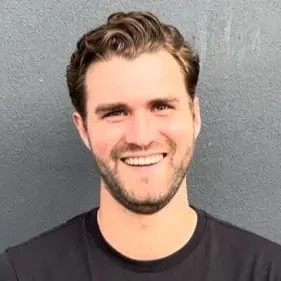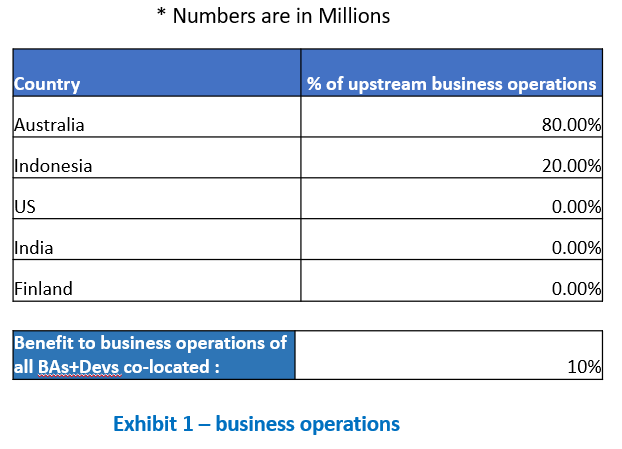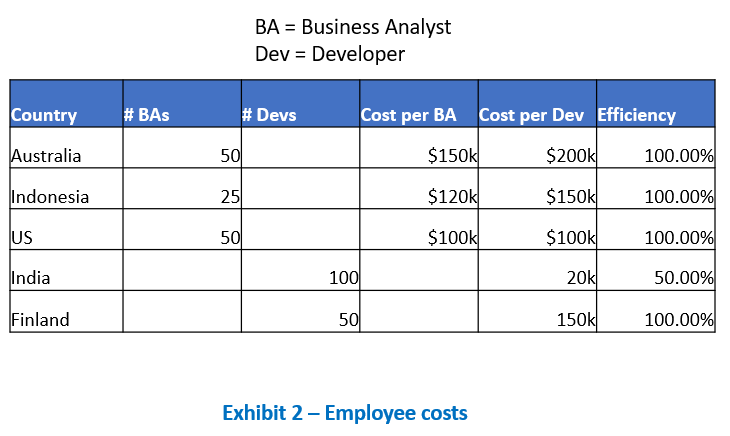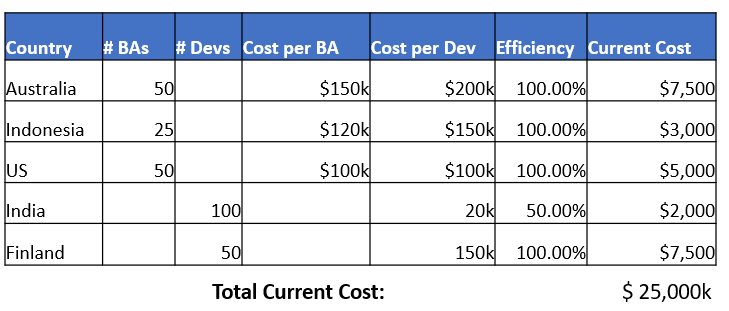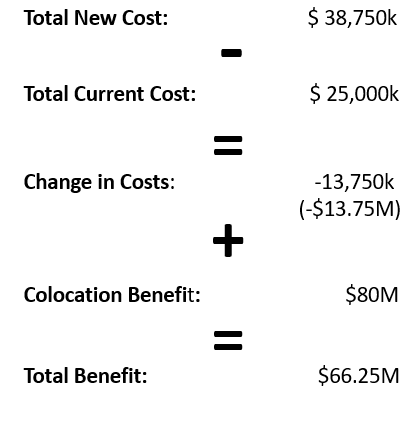McKinsey Digital / BCG Platinion: Oil & Gas Upstream Technology
[PLEASE NOTE: This is a technically difficult case and should only be completed by those coming in as a Technology specialist, i.e. recruiting for McKinsey Digital, BCG Platinion, etc.]
Our client is a multinational oil and gas company. While they are vertically integrated and have upstream, midstream, and downstream divisions, they have recently been experiencing competitivity issues in the upstream gas division, which brings in $1B in profits annually.
Our client’s upstream division has offices in Australia and Indonesia. Their work is highly dependent on their IT systems, as they have to constantly monitor wells and pipes (pressure, hydrocarbon count, fluid makeup, etc.)
The upstream division has two large legacies of IT systems that are primarily used for downstream operations but have been modified for upstream purposes.
These systems are managed by a central team in the US which is responsible for all IT issues across the business. They triage issues/enhancements and then manage development teams in India and Finland who complete the work.
